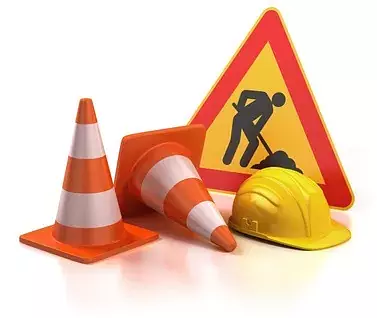 The average workplace that operates lifting devices such as forklifts often exposes workers to potentially dangerous hazards and serious physical injury. It is the responsibility of those workplaces to ensure that certain vital safety measures and precautions are followed. This will avoid most serious accidents and injuries caused by lifting machines. Employers who use forklifts regularly must ensure that:
The average workplace that operates lifting devices such as forklifts often exposes workers to potentially dangerous hazards and serious physical injury. It is the responsibility of those workplaces to ensure that certain vital safety measures and precautions are followed. This will avoid most serious accidents and injuries caused by lifting machines. Employers who use forklifts regularly must ensure that:
- Forklifts are maintained and kept in good condition to avoid any operational and mechanical failures. Employers must review preventive inspection and maintenance reports and follow instructions for suggested maintenance practices and schedules supplied by the manufacturer.
- All lifting devices are equipped and constructed with appropriate chains, ropes, fittings and slings, and that they are well maintained to ensure safety in the workplace.
- Lifting devices are thoroughly inspected and examined regularly to determine their exact load capacity. Ensure that these examinations are conducted according to the regulations, as well as before you use a forklift for the first time.
Forklifts Should Be Operated by Competent People
Forklift operators should have the necessary knowledge, experience and training to be able to operate lift trucks. Operators should be familiar with the correct procedures and be trained to use forklifts in the vicinity of possible hazards as well as other forklifts. The supervisors who oversee the operations of the lift trucks should be competent and experienced as well.
The employer must ensure that each worker is up-to-date with the required training needed to operate forklifts. It is advisable that operator training is part of a comprehensive safety program for lifting devices that includes these elements:
- Training for operators and people working near any lifting devices
- Identification of hazards
- Operating procedures
- Supervision
- Repair and maintenance procedures
- Lift truck selection
- Facility design
Employers should ensure that the following precautions are in place to protect operators working close to any forklifts:
A complete assessment of pedestrian and vehicular traffic in the workplace.
Pedestrian traffic programs and policies.
Safeguards such as:
– Competent signalers
– Protective walkways, barriers and sidewalks to channel movement of pedestrians
– Warning signs, lights and audible devices on vehicles
– Policies that prevent pedestrians from moving in high traffic routes
– Surface markings that could define either vehicle or pedestrian use
– Speed limits for all vehicles
– Devices, such as handheld horns, for personal signaling
– Pedestrian and driver visibility
– Methods of securing vehicles from accidental movement
Enough space for safe backup and turning of vehicles
